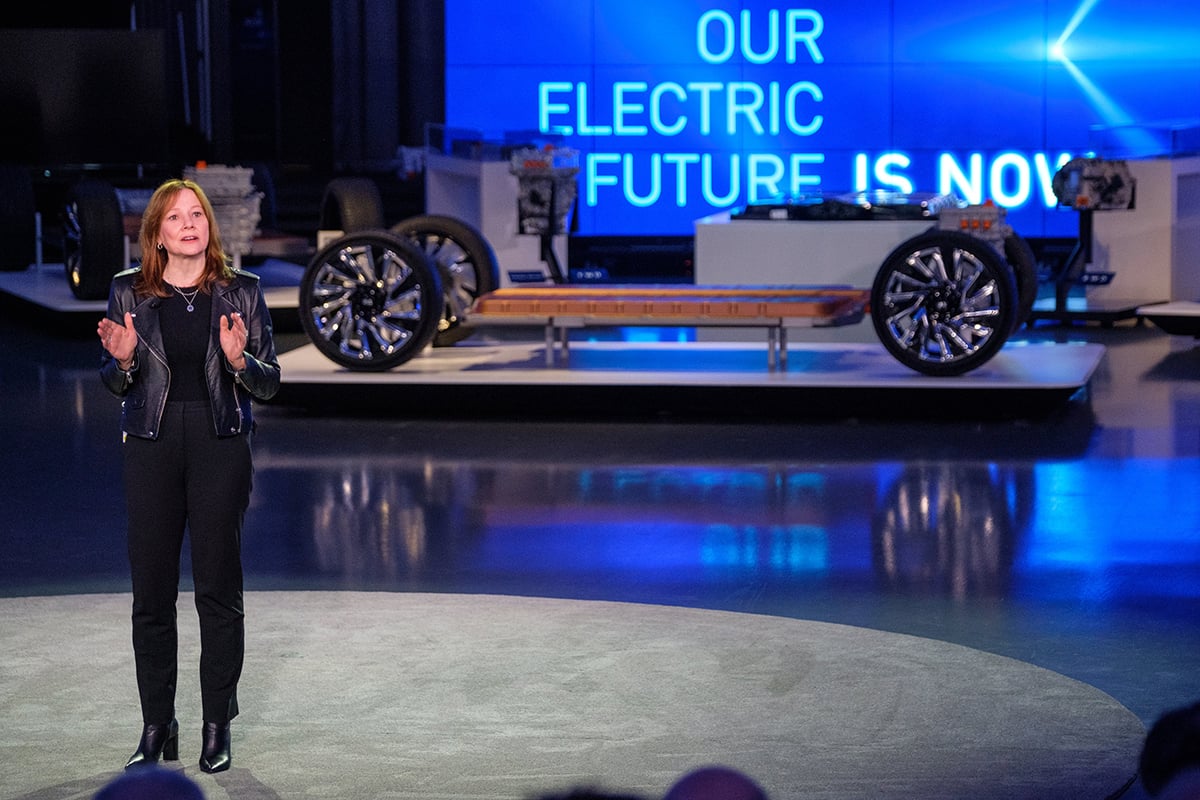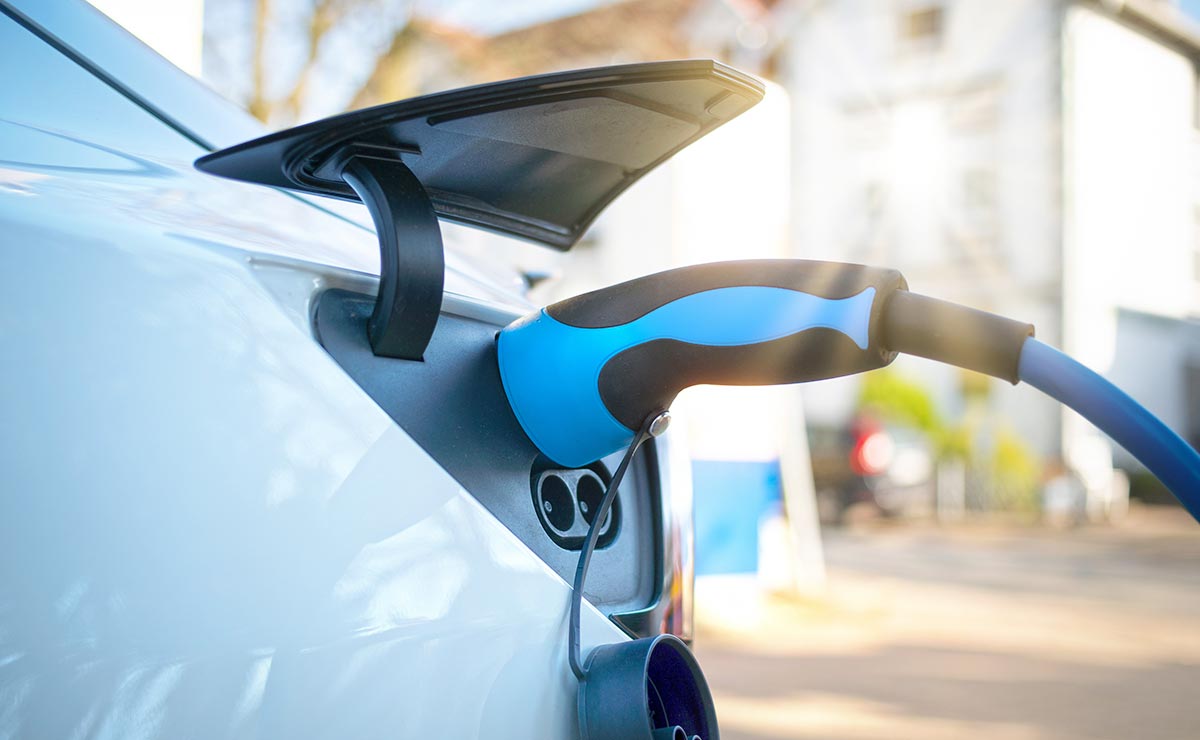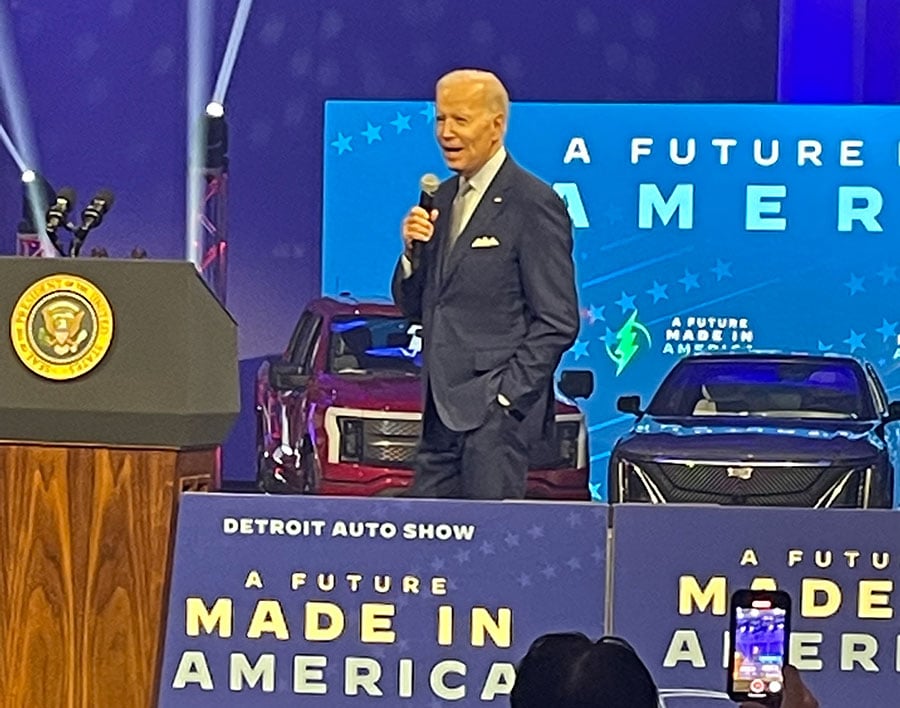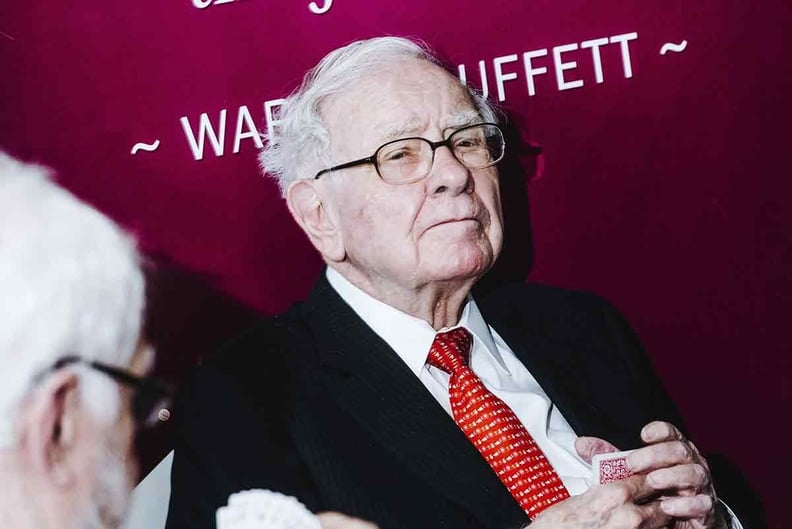| Crunch time looms for UAW talks |

Labor experts called the UAW’s walkout against Chrysler in 2007 a “Hollywood strike” because it lasted just six hours and was more for show than to actually harm the automaker, which was less than two years away from bankruptcy. There have been baseball games and tennis matches that lasted longer than Chrysler workers spent on the picket lines.
My most lasting memory of covering that strike as a reporter for The New York Times was being yelled at by a worker who later found me and apologized, saying it was his first strike and he got too amped up. Then everyone went home before dinnertime.
In this year’s contract talks, the UAW is threatening to call a far more damaging strike — the kind that has actually shut down Hollywood for the past three and a half months. A study released this week estimated that a strike against the Detroit 3 simultaneously could cost the economy some $5 billion in just 10 days and push Michigan into a recession if it lasted long enough.
With a Sept. 14 deadline looming, the union’s first-year president, Shawn Fain, has accused the automakers of dragging their feet and stirred up anger among rank-and-file members through frequent social media livestreams.
If — when? — the UAW hits the picket lines next month, Automotive News will post all of the latest updates on a new page of our website dedicated to the negotiations. We have a special package of stories there exploring the main issues being discussed at the bargaining table and some of the dynamics in play.
This week’s stories include examinations of some recent deals the UAW and Teamsters union have made in other industries to see how the Detroit 3 talks might play out and of the campaign by the UAW’s new leadership to be more open and transparent with members.
With such uncertainty swirling around the bargaining table this year, there’s no telling where things are headed. But we’ll be there for all of it, well through dinnertime and beyond.
— Nick Bunkley, senior editor
 |
|---|

“There’s been some criticism that we should have been faster with our EVs. We’re going as fast as we can, but we wanted to make sure we were leveraging a platform that’s going to give us efficiency with Ultium and that consumers weren’t going to have to compromise.” |
— GENERAL MOTORS CEO MARY BARRA ON THE ISSUES THE AUTOMAKER FACES AS IT PURSUES A PRODUCTION GOAL OF 400,000 ELECTRIC VEHICLES BY MID-2024 |
 |
|---|
Automotive News Editors’ Picks:

18 emerging technologies for the cars of the future Breakthrough technologies and innovations routinely pop into the middle of the bustling auto industry. And sometimes the rest of the industry largely ignores the development — or worse, an idea will make it to market only to have new-car shoppers give it the cold shoulder. But other times, a fuse is lit. Competitors realize the wisdom of a new approach and a technology emerges from a far corner of the business to find widespread use. Automotive News looks at the innovations, trends and ideas that could play a greater role in future vehicles.

Is bankruptcy a sign of more supply chain trouble ahead? Suppliers have faced increased financial pressure since the pandemic began, from the microchip shortage to increased logistics and shipping costs. While the chip shortage has eased, big transportation issues remain. Shipping costs have risen as much 40 percent compared with pre-pandemic levels, whether the transportation is by rail, boat, plane or truck. The news that trucking company Yellow Corp., whose customers included major retailers and manufacturers, filed for Chapter 11 bankruptcy protection and laid off 30,000 workers has industry observers anxious. “I think the Yellow bankruptcy is going to have more of an impact than we think,” said Laurie Harbour, CEO of Harbour Results Inc. Automotive News looks at the road ahead for the supply chain.

Who should be responsible for cybersecurity? The European Union and members of the United Nations Economic Commission for Europe require automakers to defend their vehicles’ software systems and customers’ personal data against cyberthreats. But in the U.S., the Biden administration’s directive recommending that “organizations that are most capable and best positioned to reduce risks” take on that responsibility leaves cybersecurity protocols for the auto industry largely voluntary. Some experts and consumer advocates say the federal government should impose mandatory standards. The industry disagrees. Brian Weiss, a spokesperson for the Alliance for Automotive Innovation, suggests a public-private partnership model coupled with voluntary guidance. Automotive News looks at what’s at stake in the debate over cybersecurity in a rapidly growing automotive software market.
 |
|---|
 EV charging satisfaction continues to drop, J.D. Power says: Satisfaction with public charging during the first half of the year fell to the lowest level recorded in J.D. Power studies, and as electric vehicle adoption increases, industry leaders should be concerned, the research firm said. Most consumers who are reluctant to buy an EV worry that public chargers are not available. Poor charger performance could be another hindrance, said Brent Gruber, executive director of the EV practice at J.D. Power.
EV charging satisfaction continues to drop, J.D. Power says: Satisfaction with public charging during the first half of the year fell to the lowest level recorded in J.D. Power studies, and as electric vehicle adoption increases, industry leaders should be concerned, the research firm said. Most consumers who are reluctant to buy an EV worry that public chargers are not available. Poor charger performance could be another hindrance, said Brent Gruber, executive director of the EV practice at J.D. Power.

Biden urges a deal as UAW, Detroit 3 seek contract:President Joe Biden last week called for “all sides to work together to forge a fair agreement” as the UAW continued contract talks with the Detroit 3. “The UAW helped create the American middle class, and as we move forward in this transition to new technologies, the UAW deserves a contract that sustains the middle class,” Biden said in a statement released by the White House.

Warren Buffett’s Berkshire Hathaway cuts its GM stake: Warren Buffett’s investment company Berkshire Hathaway said it nearly halved its stake in GM in the second quarter. The firm sold 45 percent of its stake, reducing its shares from about 40 million to about 22 million, according to a quarterly filing with the U.S. Securities and Exchange Commission.
 |
|---|
 |
|---|
 |
|---|
Aug. 26, 1872: Date of birth of James Couzens, an original investor in Ford Motor Co. in 1903, who served as general manager of the company. He later was a U.S. senator.
